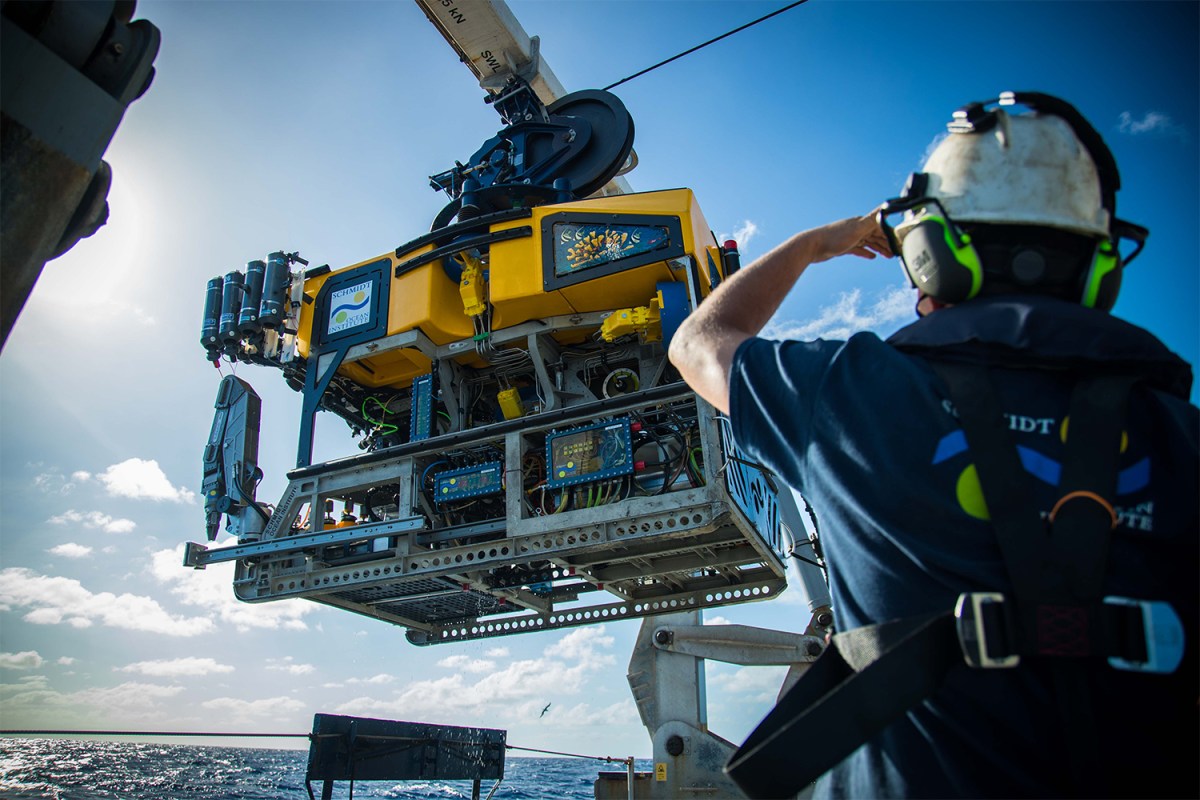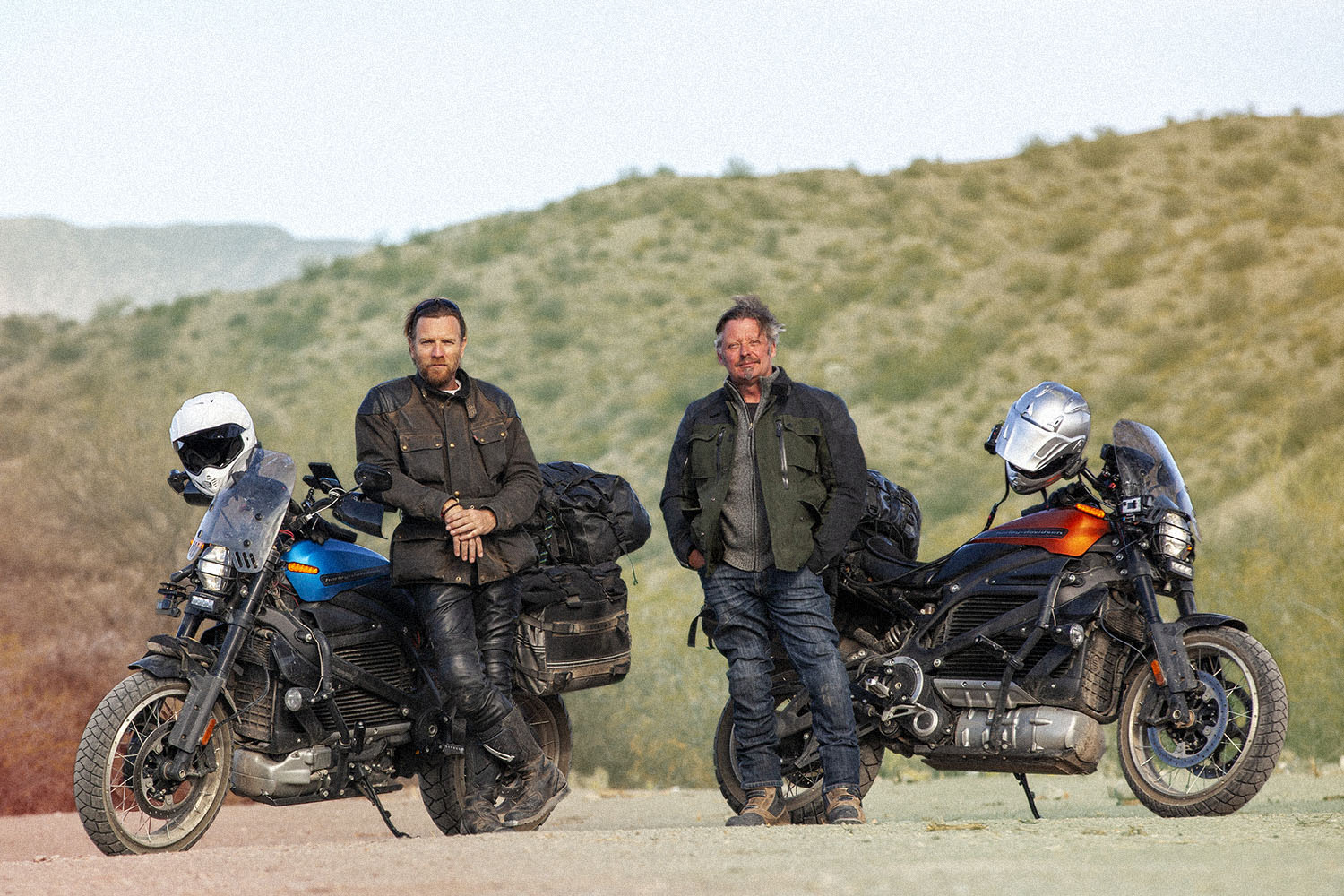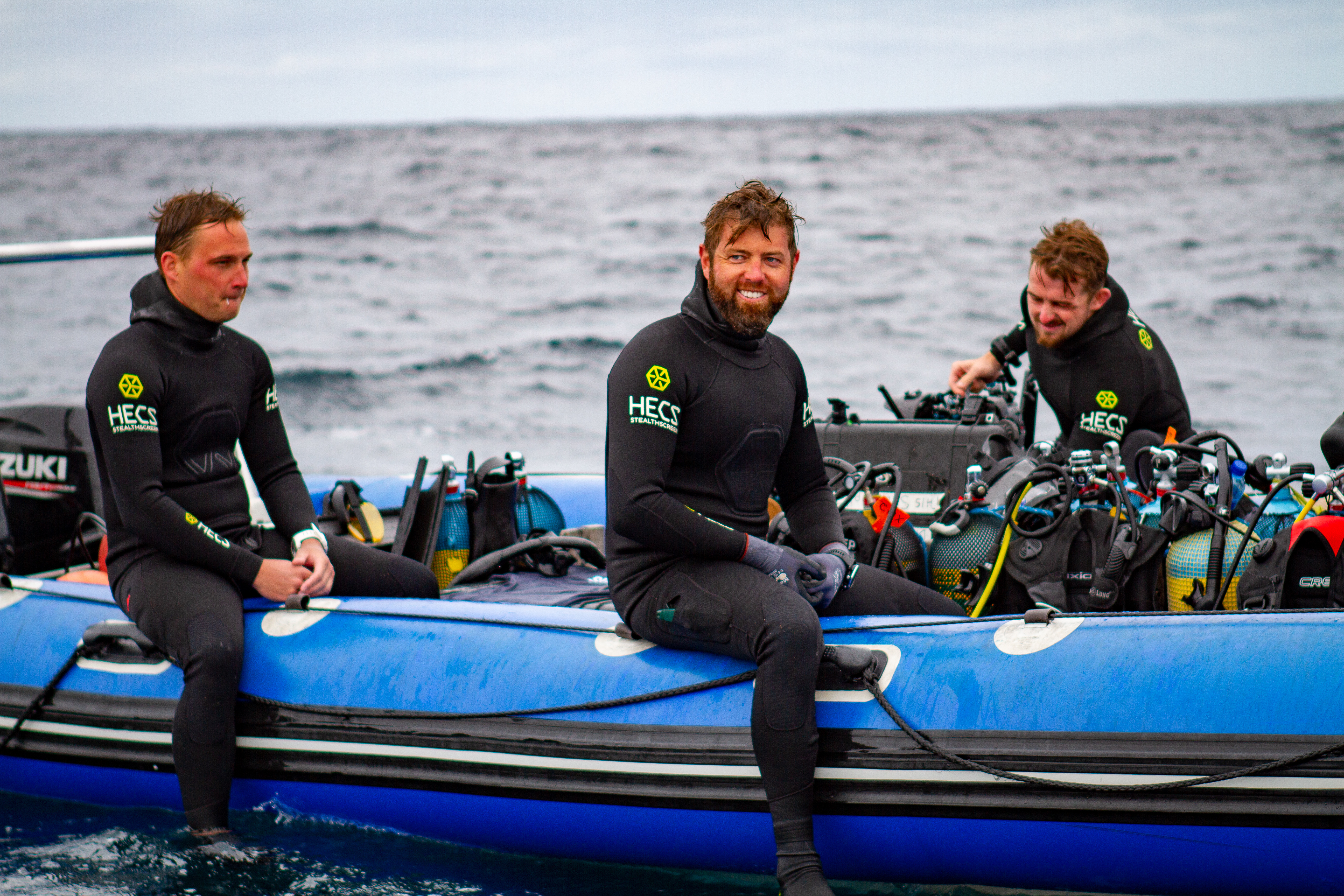A simple trip to the grocery store felt like an adventure in 2020. There were the supply checks (masks, hand sanitizer, gloves), the reconnaissance (What times are busiest? What are my entrance and exit strategies?) and the debriefing (sanitizing, making note of sold-out items, considering curbside pickup next time). Who needs to plan a trip to the ends of the earth when we’re exhausted after stocking our pantries?
However, despite what was essentially a global pause on travel during the pandemic, there were those who still ventured forth into the unknown — the tundra, the ocean, the mountains — braving both the normal dangers and pitfalls of exploration, as well as the complications of coronavirus and its fallout. We’re not talking about Kim Kardashian or other COVID-vacationers, but leading scientific explorers who were given the green light to continue their research, if they could handle the pressure.
While some of these expeditions made the headlines, including NASA and SpaceX launching astronauts into space, many of this turbulent year’s most consequential scientific missions and discoveries were supplanted by more pressing news. In the interest of highlighting the research that may have otherwise been forgotten, as well as offering a salve for the acute case of wanderlust many people are experiencing after a sedentary year, we’ve pulled together five of the most important exploratory achievements that took place during the COVID-19 pandemic.
How Does COVID Affect Narwhals?
Dr. Martin Nweeia is a leading narwhal researcher, as well as a lecturer at Harvard and assistant professor at Case Western Reserve University Schools of Dental Medicine. He gave a virtual lecture to the Explorers Club, of which he is a member, about how he successfully conducted research in Nunavut and Greenland despite the pandemic. In the Canadian territory, he solicited the help of locals to collect samples, eventually sending them to the Frozen Zoo in San Diego. As for traveling to Greenland, he described his experience like so: “I had to undergo 10 flights, four COVID tests and a quarantine … I had later discovered that if one person on any of my Air Greenland flights tested positive, that we were all in mandatory quarantine for 14 days.” His research dealt specifically with the coronavirus, and whether or not narwhals could contract SARS-CoV-2, as well as the larger stability of species in the Arctic.
Keeping Gulf of Alaska Ecological Research on Track
Instead of 24 researchers, there were three. Instead of a two-week trip, it was shortened to seven days. And instead of flying by plane to the port for Sikuliaq, a research ship owned by the National Science Foundation, the crew drove 500 miles south from Fairbanks to Seward, Alaska. That’s how Russell Hopcroft, a biological oceanographer and professor at the University of Alaska Fairbanks, was able to continue his long-term study of marine life in the Gulf of Alaska this year. If he and his fellow researchers were unable to head out into the field (that is, the sea) this year, it would have been a huge step backwards. “Losing one season of data would have adversely affected the study for years to come,” wrote the NSF.
Measuring the Height of Mount Everest
There were two main news stories about Mount Everest during the year of COVID: that the summit was closed to climbers (leading to heartbreak for many who waited and trained for years), and that the mountain had grown taller — or at least the official measurement did. But what you may have missed if you only read the headlines is that the former closure isn’t quite accurate; as Outside reported in May, three lucky Chinese teams were allowed to climb during the pandemic; and it was because of one of these expeditions that the new height of the world’s most famous mountain increased to 8,848.86 meters.
A Coral Tower as Tall as the Empire State Building
For the Schmidt Ocean Institute, it’s almost as if the pandemic never happened. The oceanography research nonprofit, founded by former Google chairman and CEO Eric Schmidt and his wife Wendy, made multiple groundbreaking discoveries in the Great Barrier Reef and Coral Sea this year via its vessel Falkor (yes, it’s named after the dragon in The NeverEnding Story). In the process of collecting samples, recording images and video, and mapping the seafloor — through the ship’s tethered and autonomous robots, one named SuBastian, another NeverEnding reference — the team found what could be the longest organism in the sea, discovered new species and recorded a previously unknown tower of coral that stands taller than the Empire State Building. “To find a new half-a-kilometer tall reef in the offshore Cape York area of the well-recognized Great Barrier Reef shows how mysterious the world is just beyond our coastline,” Dr. Jyotika Virmani, executive director of SOI, said in a press release.
Completing the Biggest Arctic Expedition in History
In September 2019, the research vessel (and icebreaking ship) Polarstern set sail for the biggest Arctic expedition in history, one that would study the climate of the region for 12 months, or potentially longer. Halfway through the monumental expedition that cost over $130 million, the pandemic was declared. As E&E News details, the unprecedented venture faced unprecedented challenges, from finding an ice floe to anchor in to encountering roving polar bears to positive COVID tests. But in October of 2020 the Polarstern completed its mission, docking in Bremerhaven, Germany. The findings are massive in scope and detail, but as Markus Rex, a scientist at the Wegener Institute and leader of the expedition said, “You just need your eyes to see that the Arctic ice is dying.”
This article appeared in an InsideHook newsletter. Sign up for free to get more on travel, wellness, style, drinking, and culture.


















